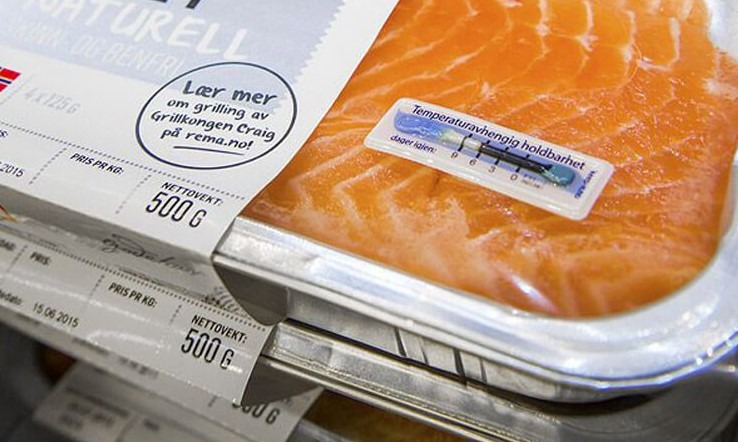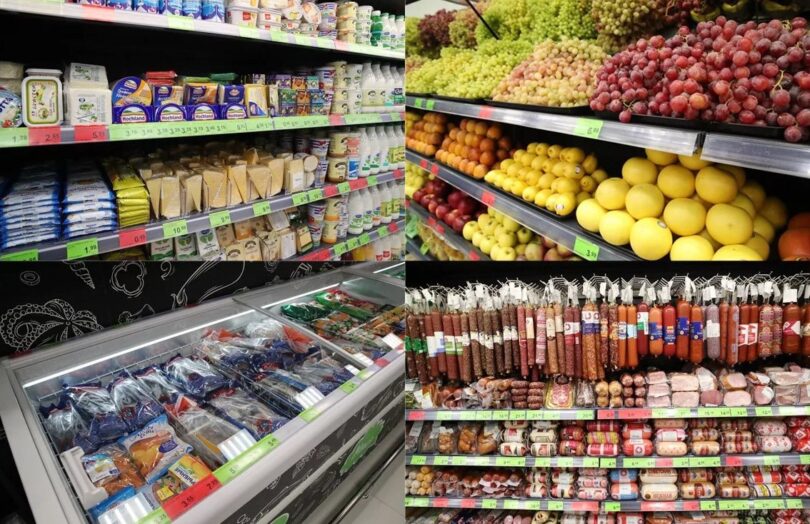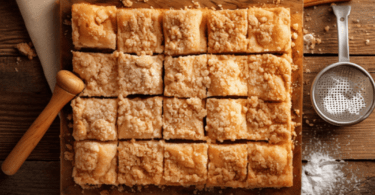Beat Rising Food Costs: Shop Now for Long Shelf Life Foods
With food prices on the rise, it’s a smart move to stock up on foods with long shelf lives. This list ranks such foods, from those that can last decades to those that remain fresh for a few weeks.
Why Stockpile Food?
Natural and man-made disasters can disrupt supply chains and access to stores. Whether it’s a flood, earthquake, pandemic, or job loss, having a stockpile of long-lasting food can be a lifesaver. Additionally, bulk buying during sales can save money and provide a buffer against inflation.

Determining Shelf Life
Supermarket foods come with expiration dates indicating when they might start to degrade. However, many can be consumed safely past these dates. Fresh foods are more variable; for instance, hot onions store longer than sweet ones. Growing and storage conditions also affect longevity, so experiment to find what works best for you.
Stock What You Eat
Only stockpile foods you enjoy eating. Test different foods before buying in bulk to avoid wasting money on something unpalatable. For instance, you might prefer black beans over pinto beans.
Dry Goods
Dry goods like salt, sugar, grains, flour, rice, and dried beans can be stored at room temperature. Historically, these staples were stored in bulk for long periods.
Best Storage Practices

- Cool Place: Keep foods in a cool environment.
- Dry Place: Most dry goods should be stored in low-humidity conditions.
- Moist Place: Some fresh foods require specific humidity levels for longer storage.
- Dark Place: Keep foods out of direct sunlight to avoid heat and bleaching.
- Low Fat Content: Foods with lower fat content last longer as fats can go rancid.
- Reduce Oxygen: Use airtight containers with oxygen absorbers to prevent spoilage and preserve freshness.
Foods with the Longest Shelf Life
Store these foods in cool, dry conditions, out of sunlight, in airtight containers.
- Salt: Indefinite (dry, sealed).
- Sugar: Indefinite (dry, sealed).
- Raw Honey: Indefinite (dry, sealed, no sunlight).
- Maple Syrup: Indefinite (dry, sealed, in glass).
- Liquor: Indefinite.
- Jello: Indefinite (dry mix).
- Water: Indefinite (sealed containers).
- Vinegar: Indefinite.
- Baking Soda: Indefinite.
- Frozen Ghee: Indefinite.
- Hard Candy: Indefinite.
- Corn Syrup: Indefinite.
- Popcorn: Indefinite (whole kernel).
Foods Lasting 25 to 30+ Years
For maximum shelf life, use Mylar, glass, or durable airtight containers with oxygen absorbers and vacuum sealing.
- White Rice: 25-30 years.
- Wild Rice: 25-30 years.
- Grains: 20-30 years.
- Dried Legumes: 20-30 years.
- Waxed Cheese: 25+ years.
- Dehydrated Fruit Slices: 5-30 years.
- Freeze Dried Eggs: 15-30 years.
- Vanilla Extract: 15-25 years.
- Instant Coffee: 20-30 years.
- Hard Wheat: 10-25 years.
- Rolled Oats: 10-25 years.
- Dried Corn: 10-25 years.
- Hardtack: 30-50+ years.
- Soy Sauce: 5-25 years.
- Freeze Dried Meals: 15-35 years.
Foods Lasting 5 to 25 Years
- Raw Molasses: Up to 10 years.
- Powdered Eggs: 5-10 years.
- Dehydrated Carrots: 5-20 years.
- White Flour: 3-5 years.
- Ghee: 10-15 years.
- Powdered Milk: 7-20 years.
- Canned Goods: 1-25 years.
- Freeze Dried Bacon: 1-10 years.
- Freeze Dried Fruit: 10-25 years.
Foods Lasting 2 to 5 Years
- Virgin Coconut Oil: Up to 5 years.
- Spices: Varies.
- Mustard Powder: 3-4 years.
- Dark Chocolate: 2-5 years.
- Cocoa Powder: 1-5 years.
- Dried Pasta: 2-4 years.
- Shell Beans: 2-3 years.
- Canned Soups/Chili: 3-5 years.
- Canned Meat: 2-5 years.
- Pemmican: 1-5 years.
- Frozen Eggs: 10 months-3 years.
- Jelly: 2+ years.
- Jam: 1+ years.
- Canned Fruit: 1-2 years.
- Pickled Veggies: 1-2 years.
- Peppercorns: 1-4 years.
Foods with 1 to 2 Years Shelf Life
- Regular Beef Jerky: Up to 2 years.
- Bouillon Cubes: Up to 2 years.
- Canned Tomato Products: 1-2 years.
- Vegetable Oil: 1 year.
- Whole Powdered Milk: 1-1.5 years.
- Peanut Butter: Up to 2 years.
- Dried Fruits: Up to 2 years.
- Gatorade: 1-3 years.
- Mineral Oil Coated Eggs: 6 months-1 year.
- Vitamins: Varies.
- Fresh Garlic: 4-12 months.
- Pancake Mix: 1 year.
- Raspberries: Days to 30 years (depends on storage method).
- Dry Yeast: 4 months-2 years.
- Ground Pepper: 4 months+.
- Frozen Vegetables: 9-18 months.
- Frozen Meat: 9-18 months.
Foods Lasting 3 to 9 Months
- Hard Winter Squash: Up to 9 months.
- Peanut Butter: 2-9 months.
- Long Storage Apples: 6-9 months.
- Long Storage Potatoes: 6-9 months.
- Brown Rice: 6-9 months.
- Breakfast Cereals: Varies.
- Block Cheese: 2-4 months.
- Farm Fresh Eggs: Up to 3 months.
- Granola Bars: 3-6 months.
- Home Grown Carrots: 4-6 months.
- Microwave Popcorn: 2-3 months past expiration.
- Supermarket Garlic: 3-6 months.
- Vanilla Beans: 6 months-1 year.
- Maple Flavored Syrup: 6 months-1 year.
- Storage Onions: 4-9 months.
- Sausage: 6 months-1 year.
- Beer: 3-6 months.
- Packaged Frozen Meat: 4-12 months.
Fresh Foods Lasting a Few Weeks to 3 Months
- Sweet Onions: 3 weeks-2 months.
- Jarred Garlic: 3 weeks-3 months.
- Pears: 3 days-10 years (varies with storage method).
- Short Storage Apples: 1-2 weeks.
- Supermarket Eggs: 3-5 weeks.
- Regular Squash: 3 weeks-3 months.
- Strawberries: Varies.
- Walnuts: 2-3 months refrigerated, 18-36 months frozen.
- Garden Tomatoes: Up to 4 weeks.
- Pumpkin: 2-3 months.
- Supermarket Tomatoes: 1-2 weeks.
By carefully selecting and storing a variety of long shelf life foods, you can save money and ensure you’re prepared for any emergency.








